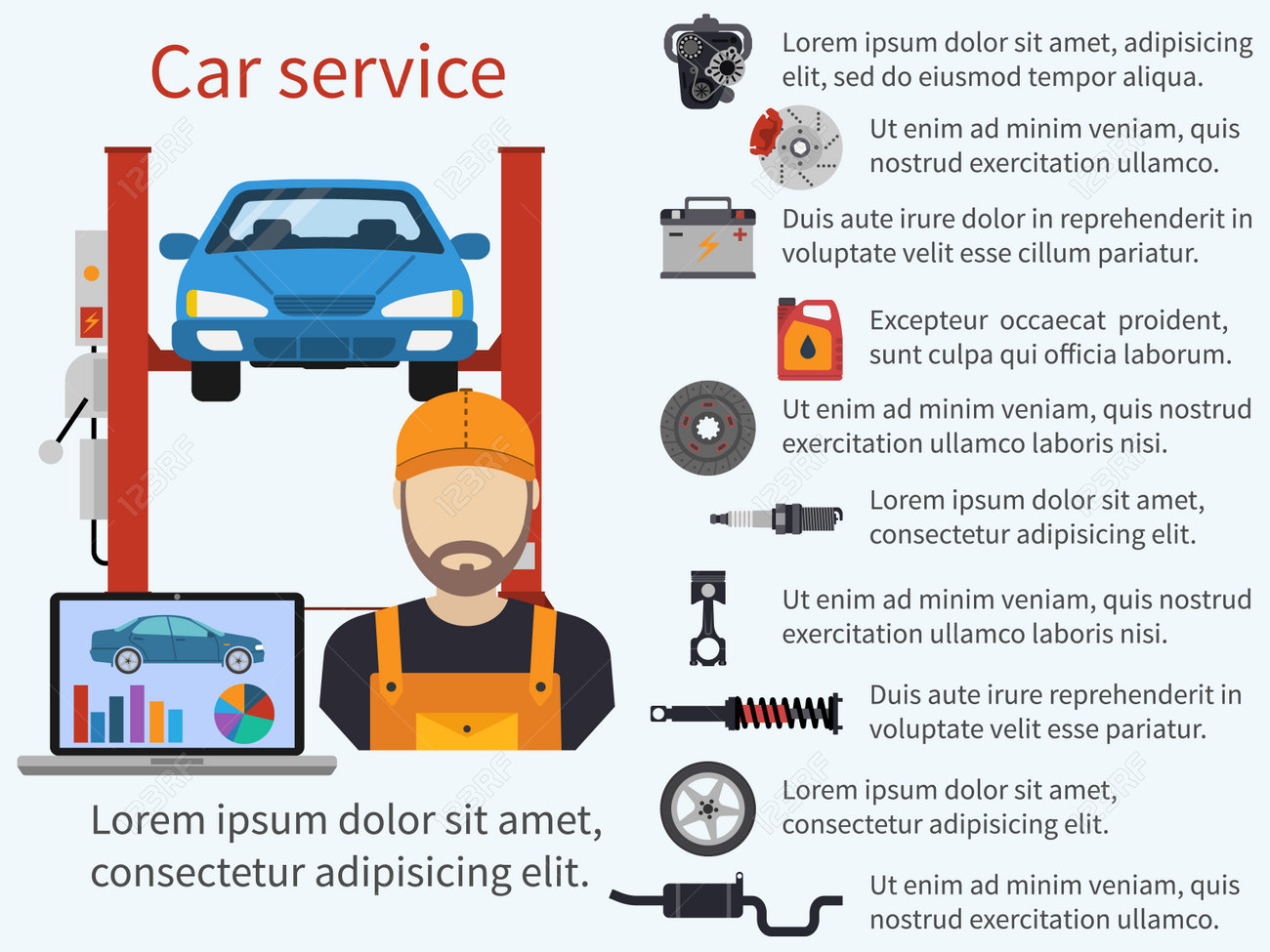Translating Your Vehicle'S Alert Lighting: Their Real Implications
Translating Your Vehicle'S Alert Lighting: Their Real Implications
Blog Article
Composed By- vehicle interior cleaning
When you're behind the wheel, those radiant warning lights on your control panel can be a bit perplexing. Do you know what they're attempting to tell you about your vehicle's health? Comprehending the significance of these lights is important for your security and the long life of your car. So, the next time among those lights appears, would not you wish to decipher its message properly and take the needed actions to address it?
Common Caution Lights and Interpretations
Identify common warning lights in your cars and truck and understand their significances to ensure secure driving.
One of the most regular warning lights include the check engine light, which signals concerns with the engine or discharges system. If this light comes on, it's important to have your vehicle checked quickly.
The oil stress cautioning light indicates reduced oil stress, calling for immediate focus to avoid engine damage.
A flashing battery light might suggest a damaged charging system, possibly leaving you stranded otherwise dealt with.
The tire stress tracking system (TPMS) light informs you to reduced tire pressure, impacting automobile security and fuel efficiency. Overlooking this might bring about risky driving conditions.
The abdominal light indicates a trouble with the anti-lock stopping system, endangering your ability to quit promptly in emergency situations.
Last but not least, the coolant temperature level warning light warns of engine overheating, which can cause serious damages if not settled promptly.
Understanding these usual caution lights will certainly assist you address issues promptly and maintain safe driving conditions.
Importance of Prompt Interest
Recognizing the typical caution lights in your car is only the first step; the significance of without delay attending to these cautions can't be highlighted enough to guarantee your safety when traveling.
When https://brakesplus16283.spintheblog.com/32481296/mobile-cars-and-truck-describing-enhancing-your-vehicle-s-look-on-the-move illuminates on your control panel, it's your vehicle's means of connecting a prospective problem that requires focus. Neglecting these cautions can result in more severe problems later on, jeopardizing your security and possibly costing you more out of commission.
Prompt focus to cautioning lights can prevent break downs and mishaps. As an example, a blinking check engine light can indicate a misfire that, if left ignored, could create damages to the catalytic converter. Resolving this quickly can save you from an expensive repair service.
In https://www.fool.com/investing/2022/03/08/why-advance-auto-parts-lost-12-in-february/ , a brake system cautioning light may signal low brake fluid or worn brake pads, crucial parts for your safety when driving.
Do It Yourself Troubleshooting Tips
If you see a caution light on your control panel, there are a few DIY fixing ideas you can attempt prior to looking for professional assistance.
The first step is to consult your auto's manual to recognize what the specific caution light suggests. Occasionally the issue can be as basic as a loose gas cap causing the check engine light. Tightening the gas cap might fix the problem.
An additional typical concern is a low battery, which can set off various alerting lights. Checking the battery links for rust and guaranteeing they're safe and secure might deal with the problem.
If a caution light lingers, you can attempt resetting it by separating the automobile's battery for a couple of mins and after that reconnecting it. Additionally, inspecting your vehicle's liquid levels, such as oil, coolant, and brake liquid, can assist fix warning lights associated with these systems.
Verdict
To conclude, recognizing your cars and truck's warning lights is necessary for maintaining your automobile running smoothly and safely. By immediately attending to these signals and knowing what they indicate, you can stay clear of expensive repair work and prospective break downs.
Bear in mind to consult your cars and truck's manual for particular information on each advising light and take action as necessary to guarantee a hassle-free driving experience.
Stay educated, remain risk-free when driving!
